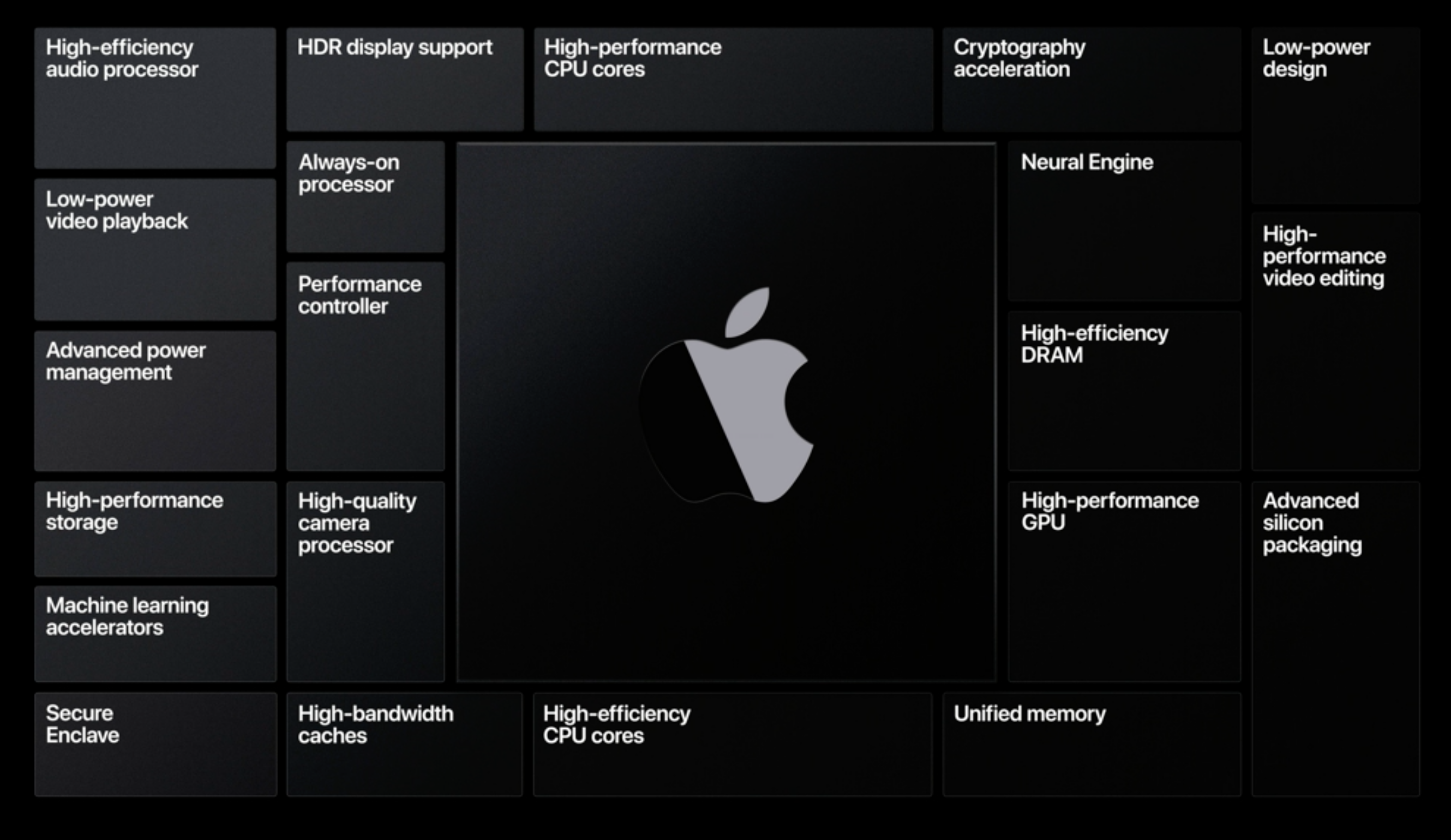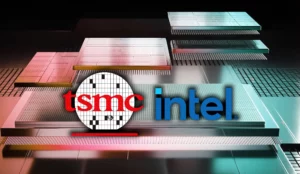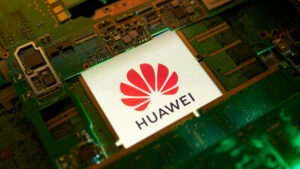Introduction
Apple is known for prioritizing quality over speed in adopting new trends. While critics argue that Apple may be slow to embrace flashy AI capabilities, the company has quietly integrated AI into its devices for over a decade. This strategic approach, guided by the use of the Neural Engine, a specialized chip for on-device AI processing, has set the stage for a broader industry shift towards enhanced performance and user privacy.
Apple’s Deliberate Approach
Unlike competitors who rush to implement new technologies, Apple observes the market, allowing other brands to take initial steps in areas like phablets (smartphone-tablet hybrids) and smartwatches. Apple then takes its time to develop what it deems the optimal implementation of these technologies.
The Neural Engine in iPhones, iPads, and Macs
A key aspect of Apple’s AI strategy is the use of the Neural Engine, a specialized chip designed to handle AI workloads efficiently. The Apple Neural Engine or ANE is a type of NPU, which stands for Neural Processing Unit. It’s like a GPU, but instead of accelerating graphics an NPU accelerates neural network operations such as convolutions and matrix multiplications.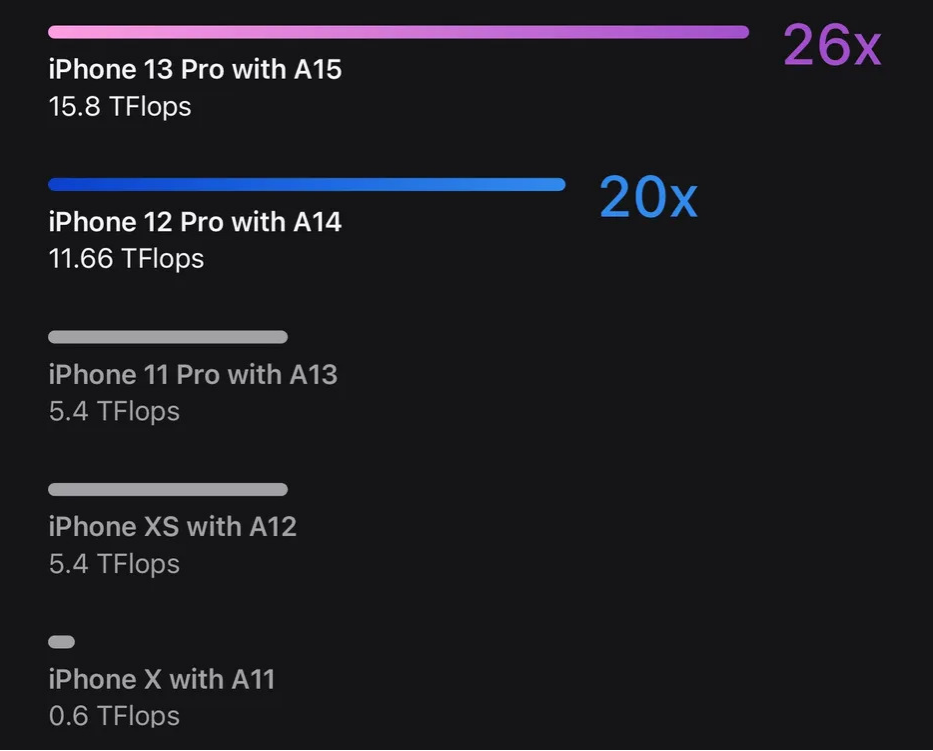
The first ANE that debuted within Apple’s A11 chip in 2017’s iPhone X was powerful enough to support Face ID and Animoji. By comparison, the latest ANE in the A15 Bionic chip is 26 times faster than the first version.Today, Advanced Neural Engine (ANE) empowers features such as offline Siri and allows developers to execute pre-trained ML models. This liberates the CPU and GPU, enabling them to concentrate on tasks better suited to their capabilities.
Read More: How Chipmaker Visa Proposes to Power Up America’s Semiconductor Talent Shortage – techovedas
A Brief History of the Apple Neural Engine: From iPhone X to M2 Macs
How Does Apple’s Neural Engine Work?
ANE provides control and arithmetic logic optimized for performing extensive computing operations like multiplication and accumulation, commonly used in ML and AI algorithms such as image classification, media analysis, machine translation, and more.
According to Apple’s patent titled “Multi-Mode Planar Engine for Neural Processor,” ANE consists of several neural engine cores and one or more multi-mode planar circuits.
The design is optimized for parallel computing, where many operations, like matrix multiplications running in trillions of iterations, must be carried out simultaneously.
To speed up inference in AI algorithms, ANE uses predictive models. In addition, ANE has its own cache and supports just a few data types, which helps maximize performance.
Read More:A to AI: How Apple is Fabricating Its Hardware Future on Silicon – techovedas
Windows PC Brands Embrace On-Device AI
Canalys, a market intelligence company, predicts a transformative shift in the industry as high-end laptop brands are poised to introduce their own versions of Neural Engine chips for Windows PCs. 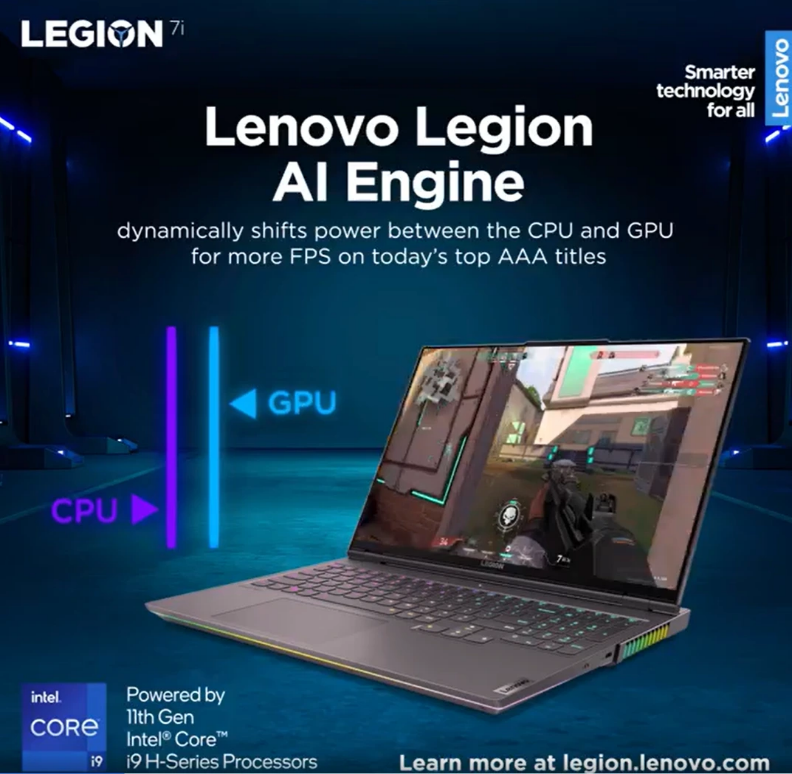
Additionally, forecast indicates that approximately 20% of PCs set to launch in 2024 will incorporate dedicated AI chips, signaling a significant evolution in computing capabilities.
Windows PC brands” refer to companies that manufacture and sell personal computers running the Windows operating system. Examples of Windows PC brands include Dell, HP (Hewlett-Packard), Lenovo, ASUS, Acer, and others.
For example, last year Lenovo had a rookie approach towards incorporating AI engines in this gaming laptops when it unveiled a 16-inch Lenovo Legion Pro 7 and 7i.
It had the Lenovo AI Engine chip which deploys a software machine learning algorithm to optimally tune system performance, help monitor in-game FPS and dynamically shifts power between CPU and GPU for more FPS.
While this was a niche application, in 2024 windows PC brands will incorporate AI engines for diverse workloads like on device generative AI.
Read More: AMD Unveils World’s First Desktop Processor with Dedicated NPU for AI at CES 2024 – techovedas
The Anticipated Wave in 2024
Canalys anticipates that 2024 will be a pivotal year for the introduction of AI-capable PCs. Expected announcements from OEMs and chipset vendors, especially at events like CES, will set the stage for a wave of products later in the year.
Additionally, Canalys highlights the commercial sector as a key beneficiary of on-device AI, citing advantages related to productivity, security, and cost management. The integration of dedicated AI chips becomes a crucial consideration for businesses seeking more efficient solutions.
Read More: Make your own App at OpenAI’s GPT Store Using the Power of Personalized AI – techovedas
Future Projections
Looking ahead, Canalys forecasts that by 2027, over 170 million AI-capable PCs will be shipped, with nearly 60% deployed in commercial settings. This projection underscores the growing significance of on-device AI in meeting the evolving needs of businesses and end-users.
Conclusion
In conclusion, Apple’s influence on the adoption of on-device AI in PCs is significant. While perceived by some as lagging in the AI race, Apple’s cautious approach has led to a pivotal development. The incorporation of Neural Engine chips into iPhones, iPads, and Macs has set a precedent, with Windows PC brands expected to follow suit in 2024. The tech industry’s embrace of on-device AI capabilities promises a revolution in PC functionality, bringing enhanced performance, privacy, and efficiency to users worldwide.

